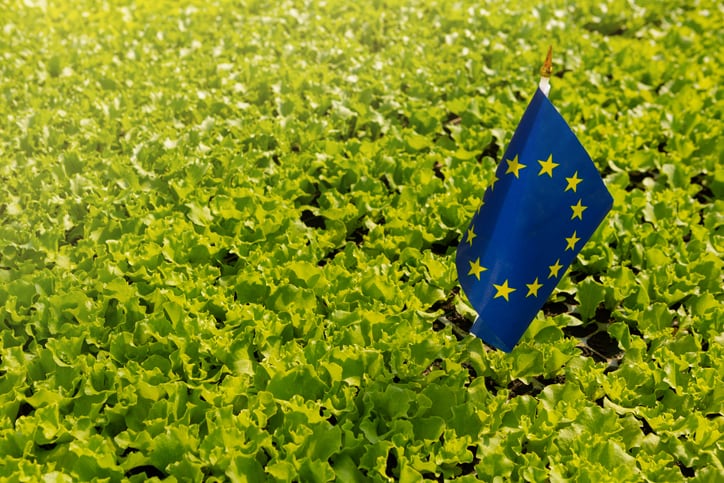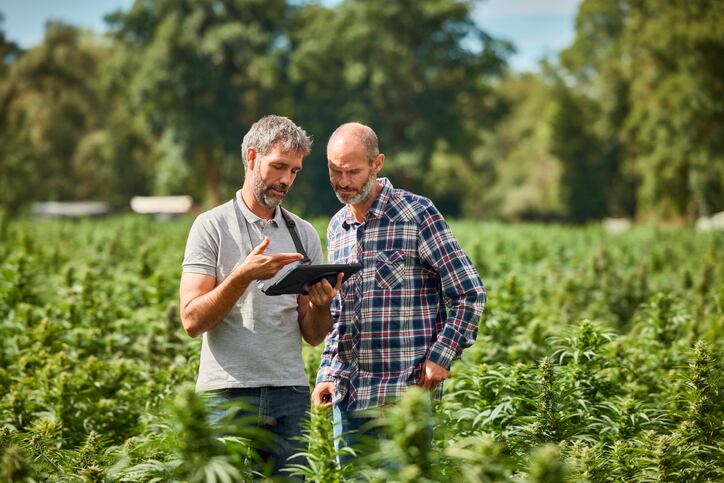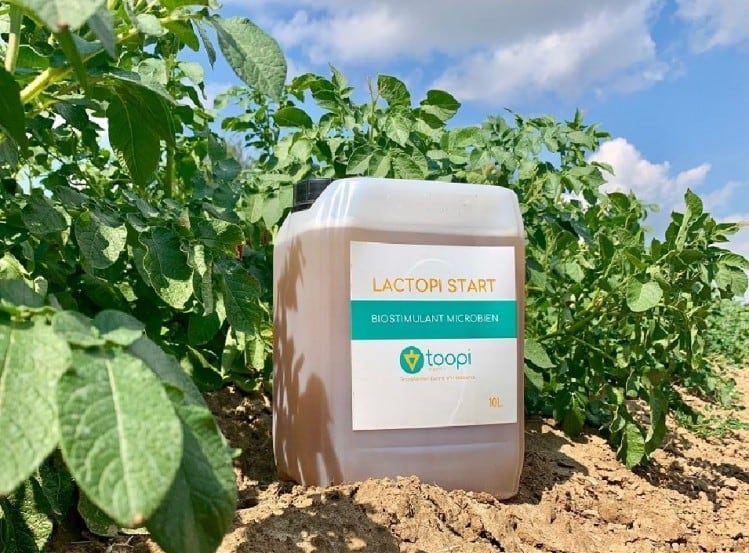The report, based on an assessment of legislation and policies implemented until 2022, identifies a notable gap between policy objectives and their practical implementation. It also highlights imprecise targets and limited monitoring among the key reasons behind the EU falling short of its environmental goals.
Key findings
While the EU has implemented directives such as the Effort Sharing Regulation (ESR) to control non-CO2 emissions linked to agricultural activities, the sector's contribution to emission reduction efforts is disproportionately low.
Agriculture, despite being the third-largest source of emissions in ESR sectors, contributed only 1% to the overall emissions reduction effort. Furthermore, EU member states are not projecting significant emissions reductions in the agricultural sector by 2030.
At the same time, as the 2000 Water Framework Directive (WFD) — aimed at restoring surface and water bodies to good status — has not achieved its objectives, meeting the targets by 2027 remains a formidable challenge. The Common Agricultural Policy (CAP) falls short of fully integrating water policy objectives, delaying progress in achieving WFD goals. Funding constraints and inefficient use of CAP expenditures compound the issue.
Similarly, the Nitrates Directive (ND) has failed to meet its goals. Despite being in place for over 30 years, nitrogen surpluses from agriculture continue to impact surface and groundwater quality. Aimed at curbing nitrate contamination from agriculture, the ND complements the WFD but lacks clear timelines and targets.
Efforts to lower risk from pesticide use — driven largely by the 2009 Sustainable Use of Pesticides Directive (SUD) — face challenges due to imprecise targets and inadequate monitoring, though the proposed Sustainable Use of Plant Protection Products Regulation seeks to address these shortcomings.
Despite providing EU member states with tools to mitigate risks and promote integrated pest management (IPM), a recent European Commission assessment has revealed a lack of precise and measurable targets in National Action Plans (NAPs), along with a general lack of ambition. Only four NAPs quantify pesticide risk reduction targets, and evidence suggests that the directive has not curbed pesticide use or risk uniformly across EU member states.
Imprecise targets and poor monitoring further complicate the assessment of the NAPs’ impact. While EU member states are required to ensure professional users record pesticide use, there is no legal obligation for governments to collect and analyse this data. A parliamentary resolution highlights the limited progress in promoting non-chemical alternatives, with approximately 80% of NAPs lacking specific information on achieving objectives.
Additionally, while the EU’s Birds and Habitats Directives (collectively known as the Nature Directives) have played a crucial role in nature and bio-diversity protection, their targets lack strong enforcement. The proposed Nature Restoration Law aims to modernise these directives with quantified targets and stronger obligations on EU member states.
Implementation challenges include limited resources, weak enforcement, poor integration with other policies, and insufficient knowledge and data access. A 2016 fitness check acknowledged progress but called for substantial improvements in implementation, with the inefficiency analysis revealing a low cost-to-benefit ratio.
The report also identifies an "implementation gap" as a significant hurdle in achieving the EU’s environmental targets. Flexibility mechanisms meant to facilitate negotiations and accommodate diverse EU member state situations have, in some cases, undermined sustainability efforts. Farmers and member states often opt for less costly and more easily implemented approaches that offer limited sustainability improvements.
Addressing the challenges
To improve reporting and comparability in pesticide use, the revised Statistics on Agricultural Input and Output Regulation will impose stronger reporting requirements on EU member states starting in 2025. Proposed CAP changes include aligning with pesticide-related targets, strengthening Sustainable Use of Pesticides provisions and integrating the directive into CAP conditionality rules.
When it comes to addressing deficiencies related to the Nature Directives, the EU proposed the Nature Restoration Law (NRL) in 2022 to reverse bio-diversity decline, synergise with climate action and ensure EU member states submit national restoration plans with clear financing needs and links to other EU environmental objectives. The CAP plays a role in achieving NRL objectives, including potential contributions from all farming and forestry systems.
At the same time, there are plans to address challenges faced by agri-environmental schemes (AES) that have been part of the CAP since 1987. AES, which are voluntary participation programmes offering payments for agricultural public goods, have struggled to deliver value for money, facing challenges related to limited budgets, low uptake. and inadequate design. In a bid to solve these problems, the
CAP 2023 — 2027 has introduced enhanced conditionality and new climate-related rules.
Farmers — the key to landing better results
The OECD found that schemes paying farmers for achieving specific environmental outcomes are the most cost-effective. Hybrid payments, combining practice adoption and environmental results, rank second, while practice-based payments are deemed the least cost-effective.
To support the transition to a climate-neutral, resource-efficient economy, the EU has adopted the eighth Environmental Action Programme (EAP), emphasising the need for full implementation of existing legislation. Legislative proposals, such as the Climate Law and revisions to the Effort Sharing Directive and the Land Use, Land Use Change and Forestry (LULUCF) Directive, aim to increase ambition and strengthen environmental targets.
The concept behind these schemes is straightforward: collaboration with land managers to restore and maintain farmland habitats. By defining bio-diversity objectives and paying farmers based on verifiable indicators, the aim is to encourage better environmental outcomes. However, the complex nature of selecting result indicators that align with ecological and agricultural expertise poses a challenge.
Farmers, hesitant to commit to result-based AES, cite unpredictability in outcomes as a major concern. Hybrid approaches, combining result-based and management-based AES, have emerged to provide some payment certainty.
Still, there are complications that include the risk of double payment for the same practices and administrative challenges. Furthermore, the uptake of collective AES remains low across EU member states. However, the Netherlands stands out as a pioneer, with farm collectives effectively managing subsidies for environmental measures.
The need for a holistic approach
As the EU grapples with the aforementioned challenges, the need for innovative solutions, greater collaboration and strategic policy adjustments has become evident to steer the agriculture and ag-tech sectors towards achieving their environmental goals.
The OECD report calls for a holistic approach, involving better programme design, clear objectives, enhanced data utilisation and increased transparency to bridge the "implementation gap" and achieve long-term sustainability goals.
The effectiveness of these measures will be closely monitored through annual performance reports and bi-annual reviews, emphasising the "no backsliding" rule to ensure increased ambition in climate-related measures over the previous funding period.
Investments in monitoring, reporting, and verification systems are considered essential to overcome challenges and enhance the overall impact of climate mitigation efforts in the agriculture sector. But as the EU aims to balance agricultural production and income objectives with ecological health, the path to meeting its environmental targets remains a complex and evolving challenge.




